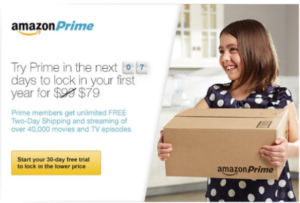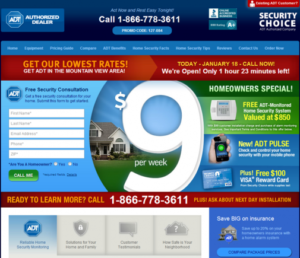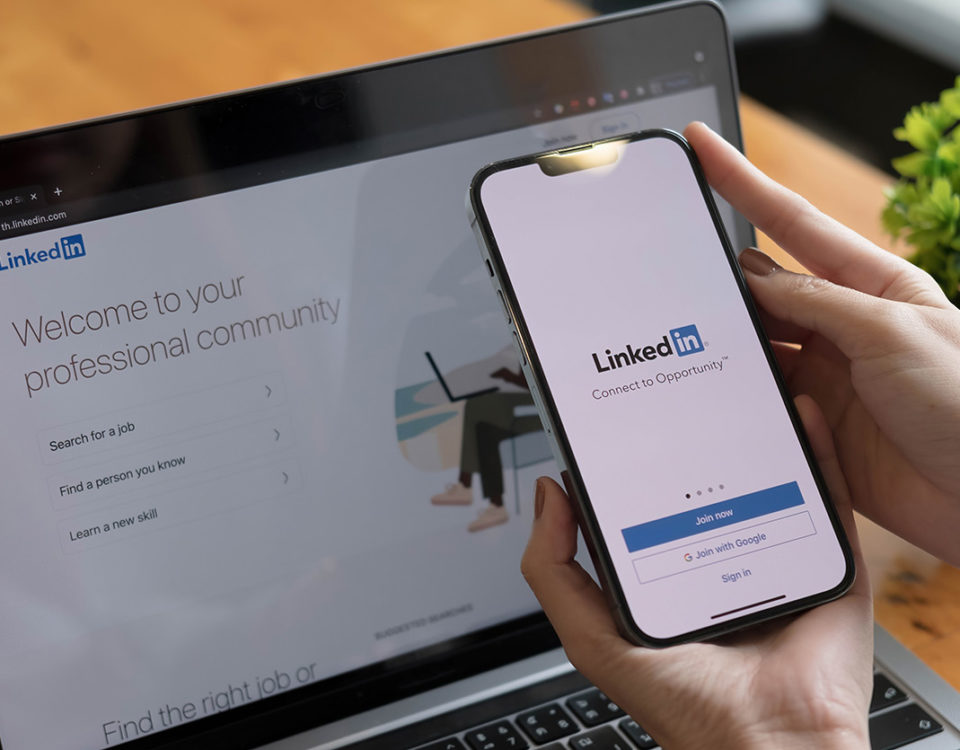
Craft Your Perfect Pricing: Magic Numbers & Price-Endings
November 2, 2016What’s Your Value Proposition?
March 1, 2017For some sales and marketing teams, creating a sense of urgency can come easily. Think about the most popular event in your city. If you’re aware that there are only a few tickets left, you will be motivated to buy those tickets as soon as you possibly can. The fact is, there is real scarcity situation, with a limited number of seats in the venue. Your sense of urgency arises in response to this rareness.
But what about in cloud software products and services, where a key aspect of the business model (high volume distribution) is that there is not any such limitation? How do you create a sense of urgency to convert and close your leads more quickly, when, let’s be honest, there is no real scarcity at play?

1.Urgency Arises From Current Pain
The most effective way to create a sense of urgency is to educate your prospect about the tangible cost of their current pain, and the relieving benefits of your solution. You need to convince your prospect that they will suffer (more cost, lost sale, QA issues resulting in lost conversions, etc.) for each and every day that they do not have your product or service up and running. If you can quantify the missed opportunity, even better. This is the foundation for creating a true sense of urgency that will deliver results over and over.
How to Use It?
The key is to listen. Listening to your prospect will give you an insight into the priorities of the company, and the company’s biggest pain points. Start a dialogue and help them tell you the pain they will experience during each day they wait. Make sure they know how expensive each day will be without your product or service.
Example:
Fast-growing marketing and CRM cloud company HubSpot communicates the pain they will solve for customers, loud and clear:

The company explains how they achieve a sense of urgency through addressing a genuine customer pain:
“If you’re a sales manager and you have a salesperson struggling with a sense of urgency development, schedule a weekly meeting to review all the new opportunities created that week. For each opportunity, ask the rep the same three questions:
- Why does the prospect need to buy today?
- What are the negative implications if they don’t?
- What are the positive implications if they do?”
To see an example of HubSpot’s customer dialogue using these three questions, see their full how-to article, here.
2. Offer Rare, Limited-Time Discounts & Upgrades
Even though your cloud products and services don’t have a natural scarcity associated with them, you can begin to create a scarcity effect using rare, limited time offers with your pricing and packaging. Use this strategy in addition to achieving the pain-based urgency described above.
How to Use it?
This tactic is the classic strategy used across consumer packaged goods, travel, and entertainment products. You too can use this by researching the discounts and upgrades that really entice your customers. Offer a desirable upgrade if your customer buys before a specific date, or offer a discount to the first 10, 20, or 30 customers who buy your new offering.
The trick here is to use this sparingly. To create a scarcity effect that drives urgency, it’s crucial that the incentive is rare and highly desirable. Otherwise, prospects will know that these offers are abundant, and they won’t have any reason to act now. Your offer must be extremely rare and not recurring so prospects know that it really doesn’t come around very often.
You can use this strategy on your website, or offer it individually over a sales call. On your website, you can visibly indicate the limited time or units left for the special promotion, to alert your prospect that they need to act now. You can also use this strategy as part of your free trial program. At the end of the free trial, send your prospect an invite to a special limited-time upgrade with their purchase, to amplify the effect of the free trial. Whatever you choose, pick one and don’t offer multiple.
Example:
In 2014, Amazon Prime used the strategy of declaring an upcoming price increase, ($99/year) and offering new customers today’s low price of $79 if they committed to purchasing before a deadline. The campaign received widespread media attention, and resulted in a 53% increase in memberships that year. (Source: Geekwire.)

Image source: Forbes.
3. Know Key Milestones
The more knowledge you have about your prospect’s key dates and milestones, the better. For example: is it close to financial year-end, in which case, they may be more willing to use their budget before it’s reset? Or, is there an upcoming grant that your prospect could apply this cost toward? Is the most important event of the year coming up, and you could promise that your product or service will solve a key pain at this event?
How to Use it?
Once you understand your customer’s most important upcoming milestones, you can use this information to amplify the sense of urgency you established in step one above. Using the upcoming milestone as a target, describe all the problems you can solve before the key event. Like most conversations, this strategy will be most successful if it’s in-person, or over the phone.
4. Use Urgent Language
Simple tweaks to language can be all it takes to boost the level urgency that prospects have while considering your product or service.
How to Use it?
Bring your customer to the present with words like “now“, “today“, “this morning” and “this week“, to help create a sense of urgency.
Example:
Let’s examine an example by ADT home security systems, below. Here, ADT achieves a sense of urgency by listing how long the customer has to place an order based on their geographic location and the hours of the nearest ADT office. The language on the red banner uses words “today“, “call now“, and then the text describing time remaining helps to reinforce the energizing language.

ADT creates a sense of urgency through the red banner near the top of their website, which lists the precise time remaining for the customer to call today and order the system. Notice the choice of colour (red!), the urgent language, and the capital font type (TODAY, CALL NOW), which further the urgency effect. Image Source: AWA Digital Blog.
5. Use Red, Orange, & Yellow Strategically
These colours evoke attention, so use them!
How to Use it?
You can leverage the urgency and attention created with these colours by using them in small doses on key placements. Use them in your call to action, and the most important parts of your website. This is something you will want to test and refine: try using variations of these colours and see how it affects your results.
Example:
SAP Business Objects used this technique to increase their conversions 32.5%. All it took was switching from a blue hypertext link to a large orange button, as shown in this image:

Image Source: Crazy Egg Blog
Your Turn!
Now it’s time for you to dive in and try these strategies in your company. Start by listening intently to your customers. From there, you can create a conversation around your prospect’s needs that will drive genuine urgency. As you go, try one strategy at a time to enhance the effect, and test the sense of urgency incrementally.




